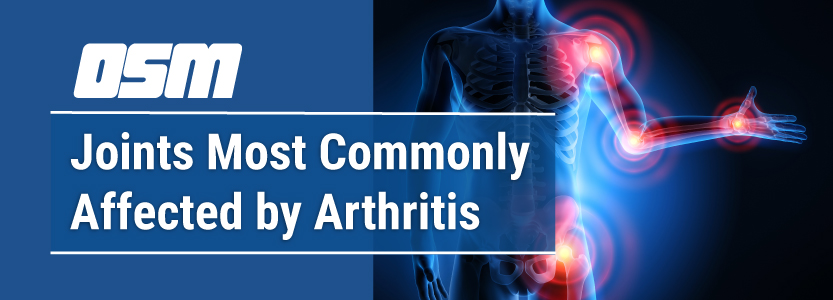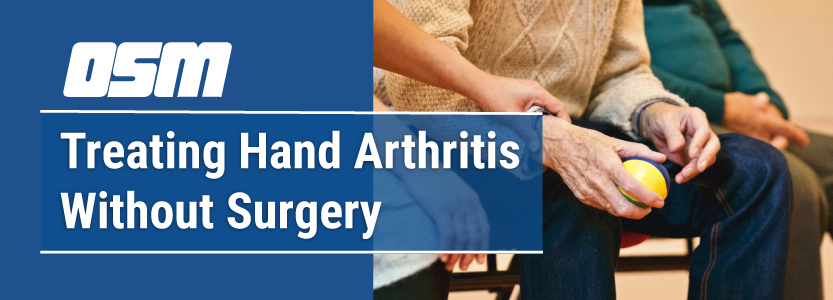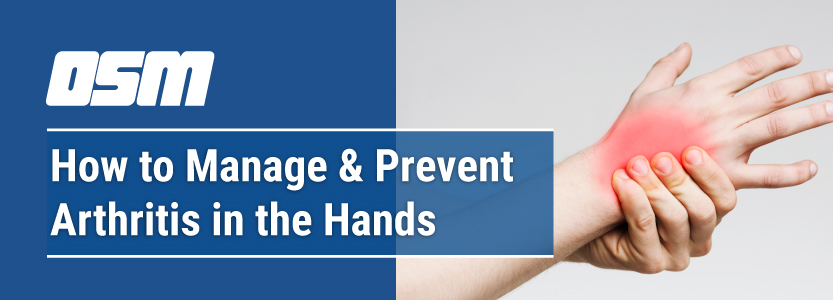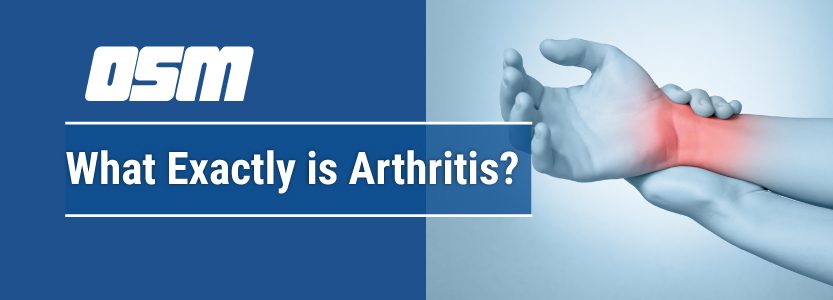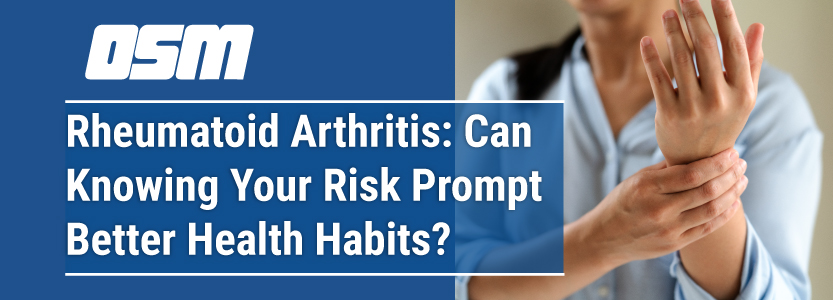Joints That Are Most Commonly Affected by Arthritis
Article featured on Healthgrades
Arthritis is a long-term (chronic) condition that causes joint inflammation. When you’re living with arthritis, a simple task, such as tying your shoe or buttoning your shirt can become a challenging one. Not only does the swelling and aching interfere with work and daily living activities, it can also be painful and sometimes debilitating.
There are more than 100 different types of arthritis, but the most common include rheumatoid arthritis (an autoimmune disease) and osteoarthritis (a “wear-and-tear” condition related to aging, injury or obesity). Both cause joint stiffness, pain and decreased range of motion, and can affect many different joints throughout the body.
1. Knee
The knee is one of the most common joints affected by osteoarthritis. This happens when there’s a breakdown of cartilage, which cushions the ends of the bones where they meet the joints. Symptoms of knee arthritis include stiffness, swelling, and pain, which can make it hard to walk and get in and out of chairs and bed. In severe cases, osteoarthritis in the knees can lead to disability.
2. Hand
When you have arthritis in your hands, it usually includes aching, stiffness or numbness in the fingers or at the base of the thumb joint, making it difficult to pinch or grip items. Small, bony knobs may appear on the middle or end joints (those closest to the fingernails) of the fingers, which can become enlarged and gnarled. This type of arthritis in the hands seems to run in families.
3. Hip
The hip is also a common arthritis site. You may have pain and stiffness in your hip joint, but some people also notice pain in the groin, buttocks, lower back, or front or inner thigh. Or they may have pain in only one of these areas. This type of hip arthritis can affect your ability to move or bend, and make daily activities a challenge.
4. Spine, Neck and Back
Arthritis in the spine usually results in stiffness and pain in the neck or lower back, but in some cases, it may not lead to any pain at all. Arthritis changes can also cause pressure on the nerves where they exit the spinal column, leading to weakness, tingling or numbness of the arms and legs. Since these symptoms can often seem like other health conditions, always check with your doctor for a diagnosis.
5. Foot and Ankle
Arthritis can also cause swelling and pain in the foot and ankle. It most often affects the joint at the base of the big toe, which can make walking difficult. The swelling can also lead to bunions on the toes, which can sometimes make the pain and deformity of the foot worse. With rheumatoid arthritis, the same joints on both sides of the body (such as both feet or both ankles) are usually affected.
6. Elbow
Joint inflammation can also be to blame for elbow pain or loss of function. Rheumatoid arthritis is the most common type of arthritis in the elbow, and if one elbow is affected, the other likely will be, too. While elbow osteoarthritis is more common in weight-bearing joints, such as the knee and hip, it can also occur in the elbow, and is often the result of overuse or an injury, such as in the case of a tennis or baseball player.
The Orthopedic & Sports Medicine Center of Oregon is an award-winning, board-certified orthopedic group located in downtown Portland Oregon. We utilize both surgical and nonsurgical means to treat musculoskeletal trauma, spine diseases, foot and ankle conditions, sports injuries, degenerative diseases, infections, tumors and congenital disorders.
Our mission is to return our patients back to pain-free mobility and full strength as quickly and painlessly as possible using both surgical and non-surgical orthopedic procedures.
Our expert physicians provide leading-edge, comprehensive care in the diagnosis and treatment of orthopedic conditions, including total joint replacement and sports medicine. We apply the latest state-of-the-art techniques in order to return our patients to their active lifestyle.
If you’re looking for compassionate, expert orthopedic and podiatric surgeons in Portland Oregon, contact OSM today.
Phone:
Address
17355 Lower Boones Ferry Rd Suite 100A
Lake Oswego, OR 97035
Hours
Monday–Friday
8:00am – 4:30pm

